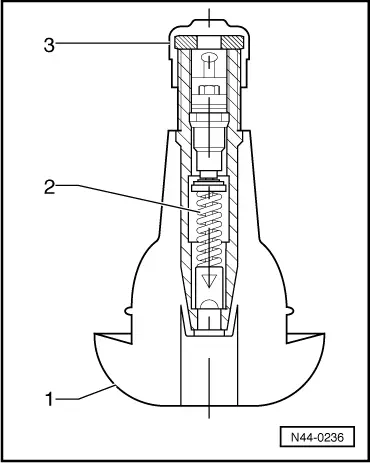| The rubber valve for tubeless tyres was conceived in order
to hermetically close the rim hole. The elastic material of rubber
body is pressed in order to get secured in the rim hole. |
| The wheel sealing is made by a rubber gasket in the threaded
metal-based valves. The side surfaces of valve hole are sealing zones.
On that account they shall be free of rust, dirtiness and damages. |
| The valve inner portion performs the most important task.
It seals and allows the air pressure adjustment. The small disc gasket
on the valve's inner portion can perform this function if it
is free of impurities or dirtiness from moisture. The air filling
systems have to be free of water and oil! |
| All valves shall be always capped. This cap prevents dirt
from penetrating the valve. The dirty occasionally existent in the
valve would reach the valve's gasket, causing air leaks. |
| The valve has to be replaced every time the tyre is reassembled. |
| If the vehicle is driven when the valves are not capped, there
will be the risk of dirt penetration. It causes a slow loss of air
and this way it can lead to tyre's destruction: |
| t
| Wide round grooves on the tyre bead area → Fig. |

WARNING | Only with the valve cap well tightened it is possible to assure
a hermetic closing. |
|
|
|

|

